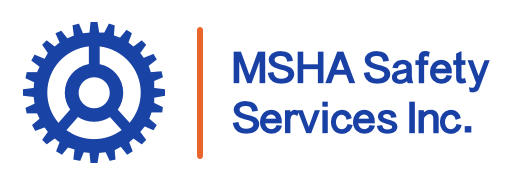When materials containing silica are cut, drilled, or disturbed, they can release respirable crystalline silica particles into the air—particles small enough to be inhaled and capable of causing serious health risks. As a result, compliance with the Mine Safety and Health Administration’s (MSHA) regulations on respirable crystalline silica is essential. It’s not just about meeting legal requirements; it’s about safeguarding your workforce, maintaining productivity, and ensuring your mining operation runs smoothly.
However, the path to compliance isn’t always straightforward. From the complexity of regulation updates to the high costs of implementing necessary changes, mining companies face significant challenges. This article explores those challenges and offers actionable strategies to meet MSHA’s silica standards, while improving safety and operational efficiency.
Understanding MSHA’s Silica Regulations
MSHA has established stringent regulations aimed at protecting miners from respirable crystalline silica, a hazardous dust found in many mining environments. The regulations establish permissible exposure limits (PELs) for silica dust, as well as sampling and monitoring requirements to measure air quality and ensure safe working conditions. MSHA mandates that companies take specific actions to implement dust control measures and demonstrate compliance within set timelines.
These regulations are critical for worker safety but can present logistical hurdles for mining operations. Businesses must manage the intricacies of equipment upgrades, monitoring systems, and training programs—all while maintaining operations in a cost-effective way. But addressing these challenges proactively can yield better safety and long-term benefits.
Practical Approaches for Silica Dust Control
The first step toward compliance is a solid monitoring and assessment strategy to identify silica levels in mining environments. Frequent air sampling and monitoring using tools like gravimetric devices and real-time dust meters allow mining companies to accurately measure silica concentrations. This data informs decisions on appropriate mitigation methods and equipment upgrades.
Engineering Controls: The Frontline of Dust Management
The key to controlling silica exposure at the source is through engineering controls. Ventilation systems designed to dilute airborne contaminants and water suppression techniques such as misting systems are essential in reducing dust during mining operations. Upgrading equipment—such as installing dust collectors on crushers or providing enclosed cabs with HEPA filtration systems—further minimizes the risks for miners.
PPE and Training: Protection and Awareness
While engineering controls are the primary line of defense, personal protective equipment (PPE) plays a vital role in silica dust management. MSHA regulations require appropriate respiratory protection for workers exposed to silica. Regular training ensures that miners understand how to properly use PPE, the importance of fit-testing respirators, and how to implement effective dust control practices.

Managing Compliance in Small and Large Operations
For smaller mining companies, staying compliant with MSHA’s silica regulations can be particularly challenging. The financial and logistical burden of upgrading equipment and implementing comprehensive safety programs may seem overwhelming. Larger operations may have the resources to meet MSHA’s requirements more easily, but they too must ensure they are adapting to any changes in regulation to avoid penalties.
Despite these challenges, compliance is an achievable goal. Ongoing commitment to safety, embracing technological advancements, and ensuring that your workforce is properly trained can help mitigate risks and keep operations running smoothly.

